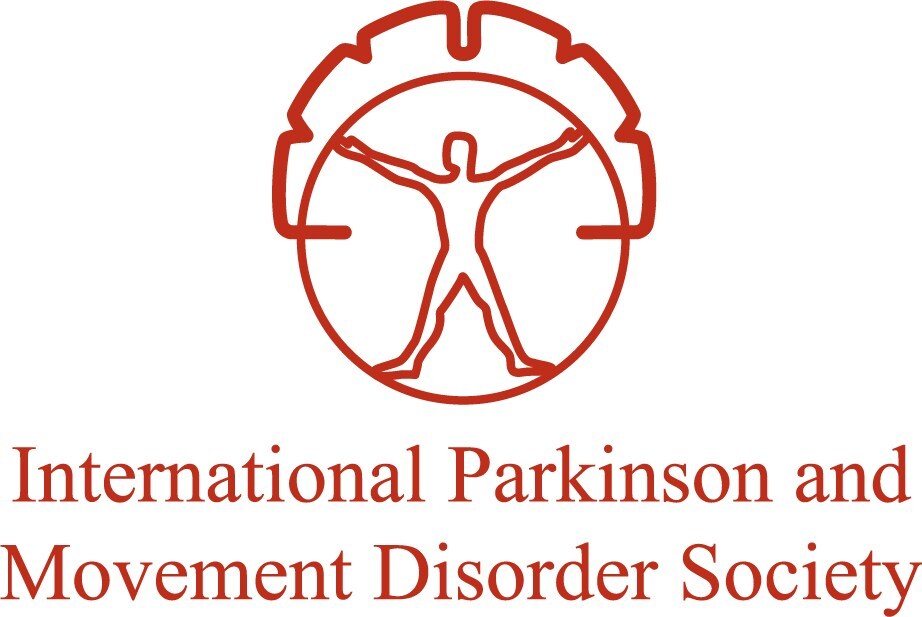Preliminary findings from two significant studies presented at the International Congress of Parkinson’s Disease and Movement Disorders in Honolulu, Hawaii, indicate that dopaminergic cell transplantation could enhance safety and efficacy for individuals with Parkinson’s disease (PD). Both studies highlight the potential of stem cell therapies to replenish lost dopaminergic neurons, addressing one of the root causes of PD.
Parkinson’s disease is characterized by the degeneration of dopaminergic neurons in the midbrain, particularly in the substantia nigra. This loss leads to a range of motor and non-motor symptoms, which often worsen over time and respond less effectively to standard treatments. The studies, conducted by researchers including Sarva et al. and Na et al., involved a total of 24 PD patients who received either a high or low dose of dopaminergic stem cells injected bilaterally into the putamen.
Both studies reported promising results, particularly among those receiving higher doses. Patients in the high dose groups demonstrated significant motor improvements, while those in the low dose groups showed stability in their condition. Importantly, no serious adverse events related to the treatment were reported.
Dr. Per Svenningsson, a Professor of Neurology at Karolinska Institutet, remarked on the historical context of cell therapy in PD. He noted that pioneering studies from Sweden over three decades ago indicated that fetal tissue transplantation could offer clinical benefits. However, challenges such as limited availability of human fetal tissues and complications like graft-induced dyskinesias necessitate alternative sources for dopamine neurons.
The studies introduced a new product known as Bemdaneprocel, derived from human embryonic stem cells (hESCs) and grafted into the putamen of patients. According to follow-up data, Bemdaneprocel therapy appears to be safe and has resulted in encouraging changes in patient-reported ON times without troublesome dyskinesia, as well as improvements in OFF times and scores on the MDS-UPDRS Part III scale.
Another study led by Na et al. focused on the first-in-man results of a single-center, open-label, dose-escalation trial evaluating the safety and exploratory efficacy of A9-DPC, an allogenic hESC-derived dopamine progenitor product. This trial confirmed the safety of cell transplantation and noted increased uptake of 18F-FP-CIT, which correlates with improved MDS-UPDRS Part III OFF scores in a dose-dependent manner.
The results from these studies indicate a meaningful step forward in the search for effective treatments for Parkinson’s disease. Dr. Svenningsson emphasized that the findings support the need for larger clinical studies to further explore the potential of stem cell-based therapies in alleviating PD symptoms.
The abstracts for these studies are available at mdsabstracts.org. The 2025 MDS International Congress serves as a vital platform for advancements in the clinical and scientific understanding of movement disorders, bringing together thousands of healthcare professionals to discuss the latest research and treatment developments in the field.
The International Parkinson and Movement Disorder Society (MDS), representing over 12,000 clinicians and researchers, remains dedicated to enhancing patient care through education and research initiatives. For more information, visit www.movementdisorders.org.
